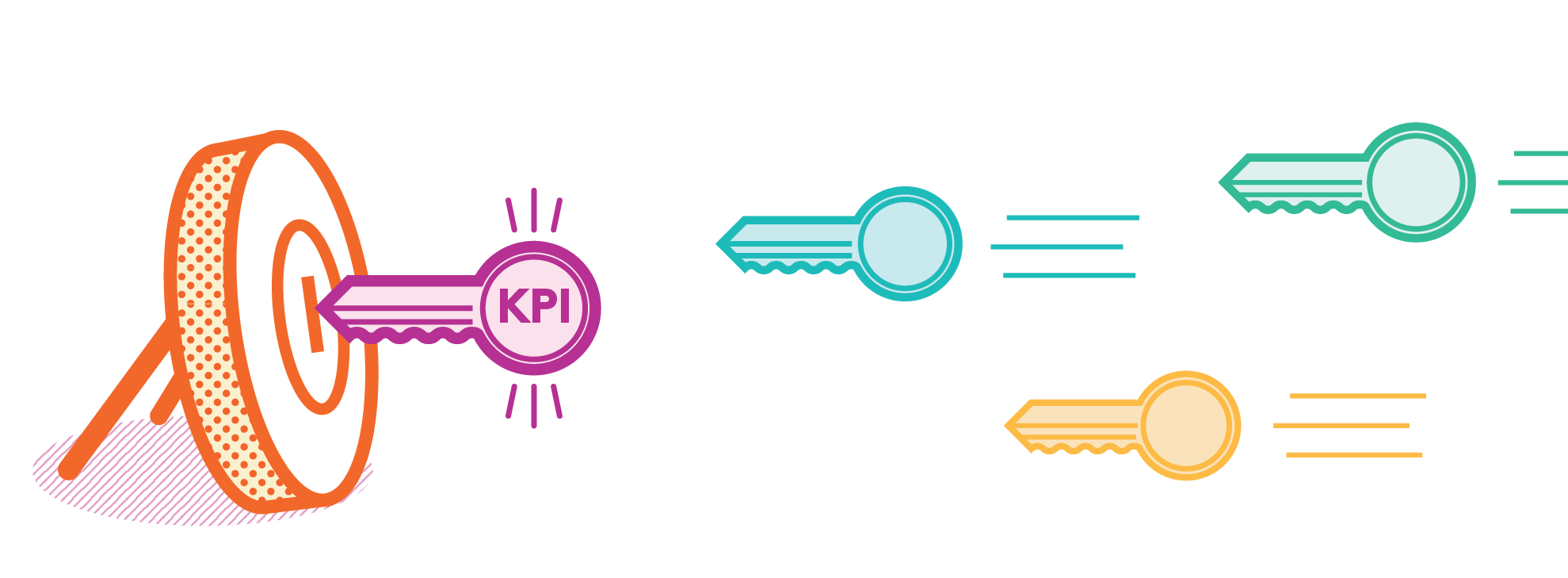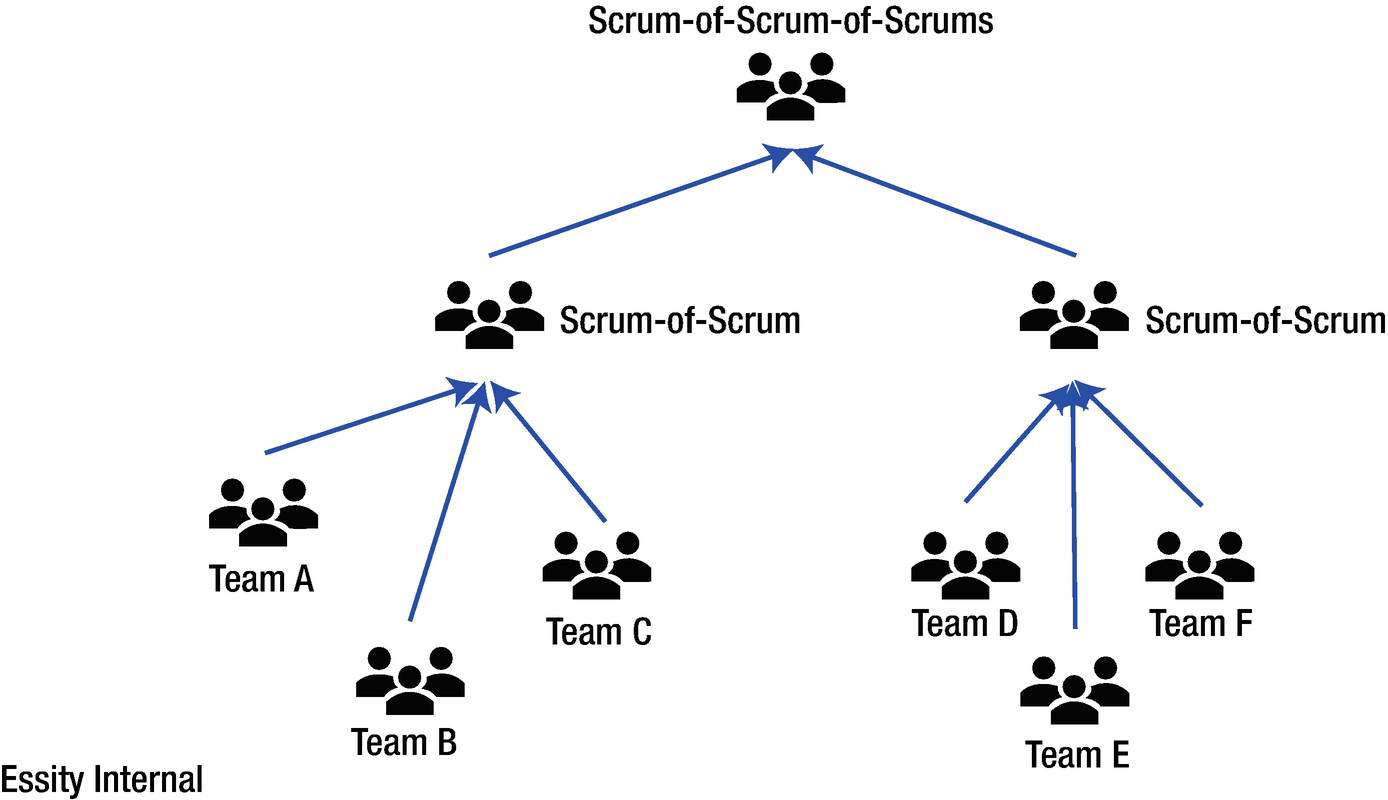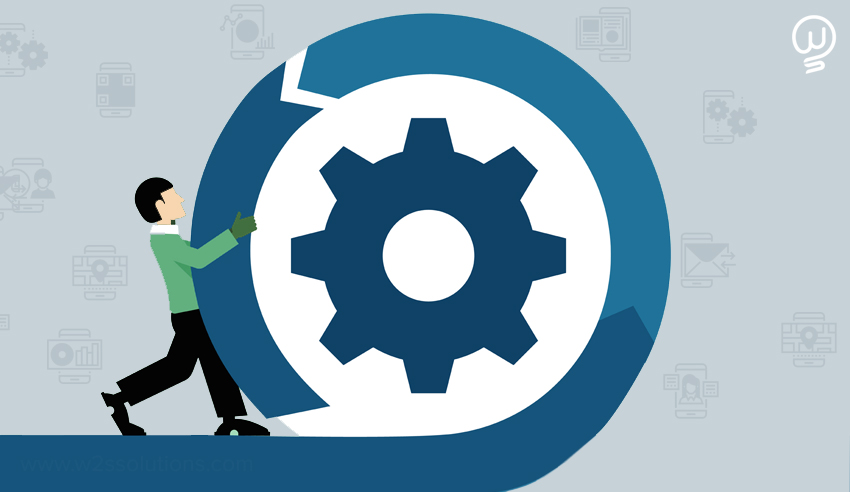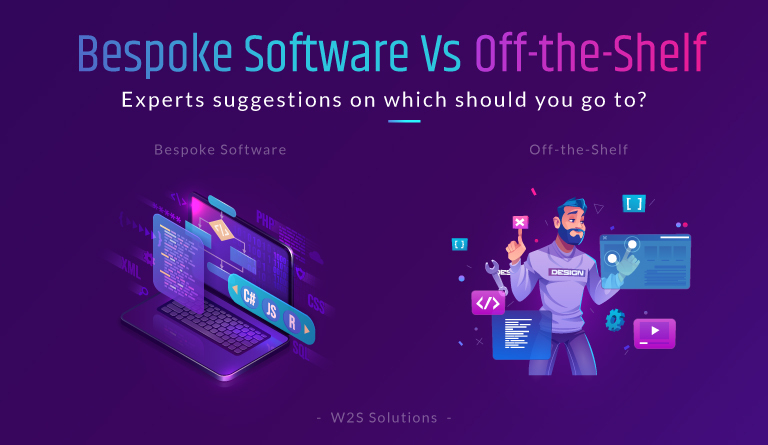What is an agile methodology?
Agile methodology is a system of project management that covers all dynamics of business requirements and performance issues with the help of a collaborative, role-based teamwork culture. It is one of the most widely used software development and management frameworks that allows cost reduction, easier, continuous deliveries (CD). It offers much better results in terms of software performance and development tasks.
Benefits of scaling agile in an enterprise environment
- Reduced costs
- Scope for more innovation
- Consistent, continuous delivery (CD)
- Systematized pre-development research
- No requirement fixation
- Preset KPIs
- Easy impact analysis
- Critical fault tolerance
- Improved developer productivity
- Easy prototyping
How to scale agile in enterprise environments?
Choose between an MVP or EVP?
Choosing between an MVP and EVP is extremely important because it defines the perspective of the development and testing team leaders. It helps them stick to an all in or a super conservative approach while carrying out software development projects. Choosing an MVP is generally considered less financially intensive and causes a smaller burden in terms of monetary commitments.
It is highly beneficial as it helps you verify your software development ideas and the product concept. You can do so by earning early reviews and feedback from the industry, and the most critical reactions from the most probable customers were going to use the ultimate product.

Agile does not promote going with an Exceptionally Viable Product or EVP because of the highly dynamic requirements and changing minds of the product owners, developers. Under the likes of the newest technologies, it transforms the thinking of product analysts and technology enthusiast.
But it is important to note that there is no harm in going with an exceptionally viable product if the product owner is comfortable and confident. They should be clear about what they wish to build and have a highly refined perspective on the end-goals and key performance indicators. Ultimately, they are going to help them determine if they were successful at finding critical shortcomings. Only then they can be fulfilled for a better performance and market reach by the entrant software product.
Single task pipeline
It is essential to stick to a single channel of thought process that determines what the tasks pending is. It will update the upcoming ones that need to be completed for sharing forward on the project timelines that a strict. It is advisable to keep them strict for efficiently reducing the time material cost of the owner of a software development project. Scaling agile in an enterprise environment is better managed with a single pipeline of tasks that create a general backlog for all teams are different skills and responsibilities. A single backlog channel eliminates the possibility of miscommunication and keeps a common shared channel for everyone. Such a practice is highly beneficial for keeping everyone on the same lines of project deadlines and where the project is heading at the moment.
Curtailing long release cycles
Legacy software has a problem that they do not come with super strict deadlines and crunch timelines of the overall ongoing project. Product managers can quickly put things on hold and take up a fresh perspective of developing functionalities and some items to the core. But it is a wrong practice for successfully scaling and agile framework in the long run. There is a high risk of critical project management failure as there are indefinitely long sprints and product cycles. It is because they leave no deadlines to look forward or a set benchmark to follow. The product is already live, and no sense of urgency leaves the team complacent, causing a drastic drop in the overall productivity and streamlined tasks.
Collaborative cultural enhancements
Despite knowing all the benefits of a flat-bottom organization, there tends to be a general sense of hierarchical arrangements in roles and responsibilities structure all across the development teams. It should be strictly avoided for seamlessly scaling when scaling agile in an enterprise environment. The focus should be on bringing the developers, testers, and the product owners on a single table for round table meetings that help them clear all the doubts. It diminishes all possibilities of strayed development tasks that do not fall in line with the requirements. It reduces the risk of incorrectly fabricated user journeys that make the software product fail its ultimate objective.
Right automation strategies
Automation is essential for high-level scalability in a present-day enterprise environment. These days it is seen that mobile application development projects or website development tasks take up automated test suites right from the word go. It is quite risky to take up automation just like that. But it is highly recommended to simultaneously coordinate between doing development jobs, functionalities that are created, and the requirement of designing automated test cases for higher productivity. Automatic test cases are beneficial when certain test cases are up for extensively scaled applications with a high level of precision while creating user journeys.
Critical performance analysis

Key performance indicators or KPIs are essential to give a specific software product or a development project that has been successful or not. It is necessary to use the right math, statistics, and hypothesis test that helps you verify and re-verify if there have been instances of partial failure or an off-the-plan success. It is always advisable to map the end business objectives and functional and functional requirements with the right tangible performance indicators. It is essential to take care that the devised Key Performance Indicators (KPI) make proper use of ratios, numbers, and basic maths. It helps you extrapolate things, getting the best out of everything. Many bespoke software development consultancies have the right set of KPIs to continuously monitor performance.
Aggressive L&D plans
Scaling down the agile integration environment is a journey that has several milestones. There is a requirement of newly groomed skills and various automation frameworks for successfully starting and scaling agile in an enterprise environment. Successful upskilling, reskilling, and highly aggressive learning and development add the ability to manage new-age applications and skills required for new tools. One of the most significant hurdles faced by a large scale agile framework in an enterprise environment is the skill gap between the people handling the agile framework project. It needs niche expertise in a particular framework joint development in technique or application management.

The well-planned up-skilling regime will help your team learning tools, which are required now and then. For instance, there is a mid-scale digital platform that has users in a range of a lac. With time and effort, consider a situation where this range of uses extends up to million or even more. In that case, your existing application management team that is using Docker for containerized deployment at work will require Kubernetes instead of deployment containers for orchestrating services.
MOST IMPORTANT: Sticking to an agile framework
It is indisputable that sticking to particular well defined, protested Ajay friend that is extremely important. It is Halle Berry edition in various ways that were not destroying down the path into different directions and drag me down productivity is one of them.
There are three dominant, scalable, agile frameworks that are mainly used in industry with a tried and trusted potential.
Scaled Agile Framework (SAFe)
SAFe is best for organizations looking to address significant challenges in developing and delivering enterprise solutions within the least possible development time. It is a perfect combination of rapid development, design thinking for software, and lean product development principles. The combo helps cut costs and be more efficient in the long run with specific optimizations.
Scale agile frameworks comprise of two major components, value streams, and agile release train (ART). The former is a logically connected series of steps taken by an organization to build a solution that delivers continues upgraded value to customers. While the latter is a continuous stream of multiple joint teams and stakeholders, developers, and testers, they work in complete coordination to carry out incremental sprints and iterations within the project to a specific technology mission.
Scrum of Scrums (SoS)

Scrum of scrums is an intuitive, agile methodology that is cheaper than delivery than the traditional waterfall model. It is like an upper-level extraction of general SAFe with various teams ranging from 5 to 10 members each. It also has a daily routine of waiting for everything delegates want to number to attend the meeting on the whole Tuesday half. The meeting considers coordination between separatist teams, consisting of items and several tasks to address the challenges upfront.
Large Scale Scrum (LeSS)
A large-scale scrum is a singular form of the scrum of scrums simplifying cases in one particular digital platform, single owner, and not a single penny spent that is planned and directed every time.
Agile in upcoming years
Agile is going to transform the rapidly changing times of technology use. As new technologies make applications lightweight, there is a debate over the matter of whether containerized deployment has made application management less cluttered. Or, the complexity eventually increases despite numerous efforts otherwise. As the agile use rises with the understanding of technology enthusiasts and the development industry. There will be a dire need of upscaling existing humans within every scalable, highly dynamic enterprise environment.
Customer experiences are going to be among the top priorities for everyone around. We can expect the overall product cycle to increase in time length while smaller divisions of sprints with finely divided screens and functionalities that are continuously added to the platform.
Conclusion
Scaling agile in an enterprise environment is not a child play, and neither it would ever be. You should look to hire an innovative software development company for more significant endeavors of agile software development and pave ways for better innovation backed by user-friendly techs in the upcoming years.






